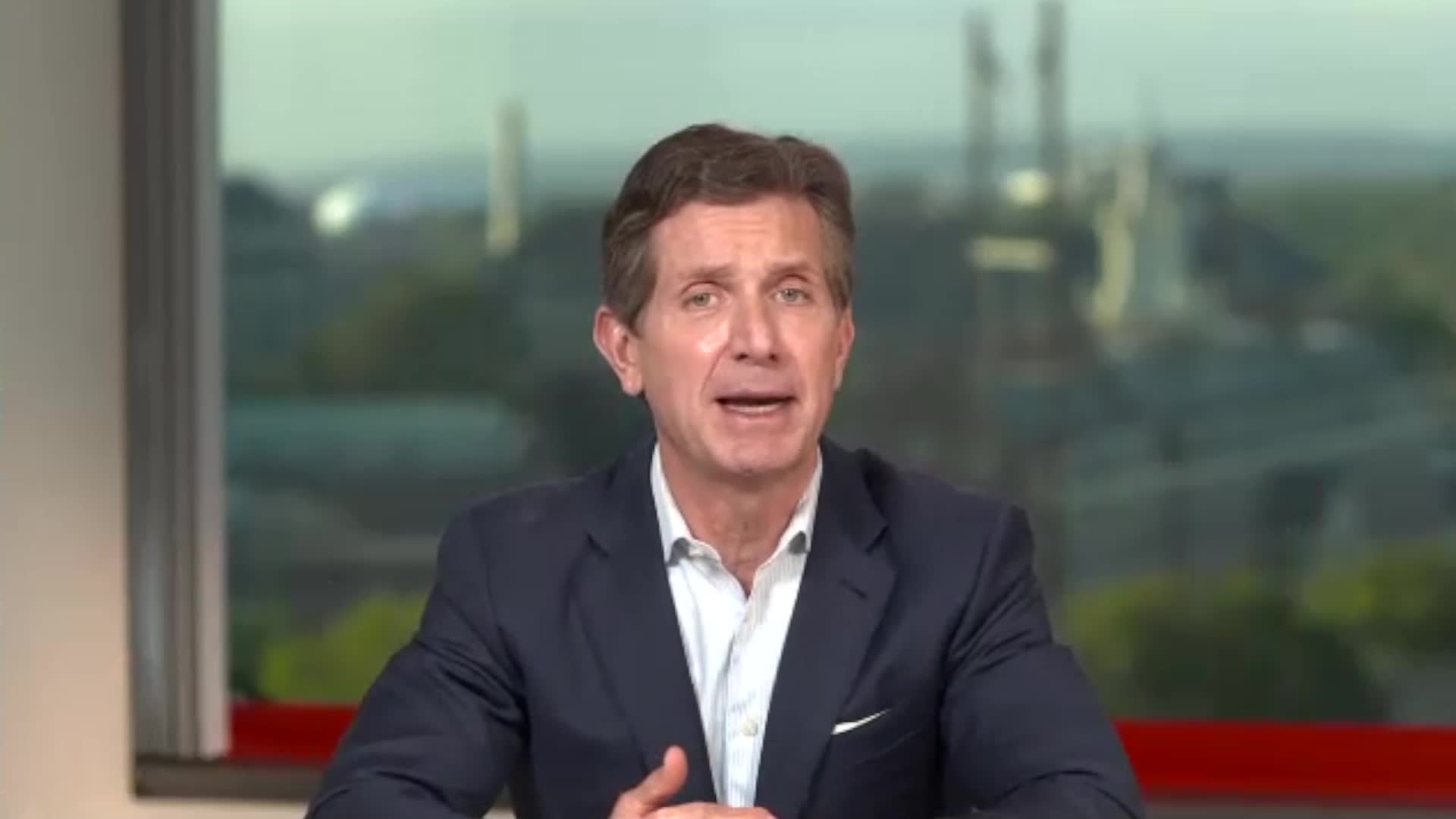Management
What are the essential qualities of effective team leaders according to James Clear?
According to James Clear, effective team leaders possess high agency—the ability to see obstacles as starting points for new solutions rather than roadblocks. When faced with challenges, they ask 'what would it look like if we could figure that out?' instead of simply accepting limitations. They approach problems with creative persistence and determination. Additionally, strong interpersonal skills are crucial as 'almost every piece of good luck in life comes through people.' Leaders who are pleasant, outgoing, and skilled at building relationships gain more opportunities through their connections. Clear emphasizes that beyond functional competence in their role, these two qualities—high agency problem-solving and relationship-building abilities—are essential for leaders who want to bring valuable opportunities to their organizations.
Watch clip answer (02:14m)What are the different leadership styles and how do they impact workforce performance?
Daniel Goleman identifies six leadership styles, four with positive impacts and two with negative effects. The positive styles include: visionary (articulating motivational goals), coaching (helping people develop skills and reach career goals), affiliative (building social connections), and consensus-oriented (involving others in decisions). These styles create optimal emotional states for performance. The negative styles are pacesetting (leading by example but being overly critical) and command-and-control (coercive, sometimes involving anger or humiliation). Goleman emphasizes that a leader's primary responsibility is to create an emotional environment that helps people perform at their best, as the leader's emotional state significantly impacts the entire team.
Watch clip answer (02:51m)What are the different leadership styles and how do they impact workforce performance?
Daniel Goleman identifies six leadership styles, with four creating positive impacts and two having negative effects. The positive styles include visionary (articulating motivating goals), coaching (helping people develop professionally), affiliative (building social connections), and consensus (seeking input from others). These styles help create optimal emotional states for performance. In contrast, pacesetting (being overly critical of those who don't match the leader's standards) and coercive (using intimidation or humiliation) styles negatively impact workforce performance. Goleman emphasizes that leaders significantly influence their team's emotional state, as people pay closest attention to the most powerful person in any group. Effective leadership involves fostering conditions where people can perform at their best.
Watch clip answer (03:05m)What are the six leadership styles and how do they impact the workforce?
Daniel Goleman identifies six leadership styles, four positive and two negative. The positive styles are: visionary (articulating motivating goals), coaching (helping people develop skills), affiliative (building social capital), and consensus (involving others in decisions). These styles create optimal emotional states for performance. The negative styles are pacesetting (leading by example but being critical) and command-and-control (coercive, sometimes humiliating). Research shows CEOs who effectively use four or more styles achieve stronger growth and profits compared to those relying on negative styles, though command-and-control can be appropriate in genuine emergencies.
Watch clip answer (04:55m)How did Sheryl Sandberg resolve a contentious conflict between teams at Facebook?
Sheryl Sandberg resolved a contentious conflict between Facebook's product engineering and marketing teams by establishing a clear decision-making process. First, she had both teams outline success criteria and evaluate alternatives with a five-year impact analysis. She then implemented a unique approach by asking each side to argue the opposing perspective, which helped team members recognize the legitimacy of different viewpoints. Sandberg created an environment where everyone felt their voice was heard through extensive consultation. While ultimately she had to choose one alternative, her process ensured everyone understood the reasoning and felt ownership of the final decision, demonstrating that effective decision-making requires both accountability and inclusive participation.
Watch clip answer (02:39m)What is the key shift in approach that Alex Gorsky believes is essential for future business leaders?
Alex Gorsky emphasizes that success in business requires moving beyond merely identifying and analyzing problems to actively developing and implementing solutions. He notes that while understanding a problem in detail is necessary, it's not sufficient - leaders must take the next step by determining actionable paths forward and executing them effectively. Gorsky reflects on his career observations where he's seen many intellectually impressive people describe problems thoroughly, but fail to address what needs to be done about them. The complete leadership equation involves understanding the problem, creating solutions, and then mobilizing, energizing, and inspiring teams to accomplish specific goals.
Watch clip answer (00:52m)


